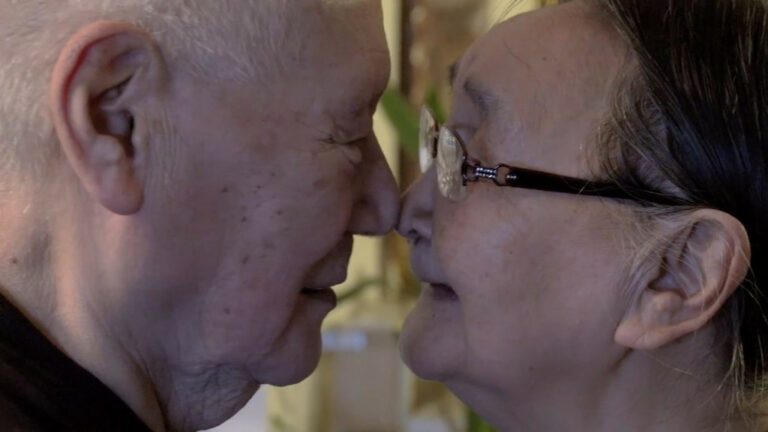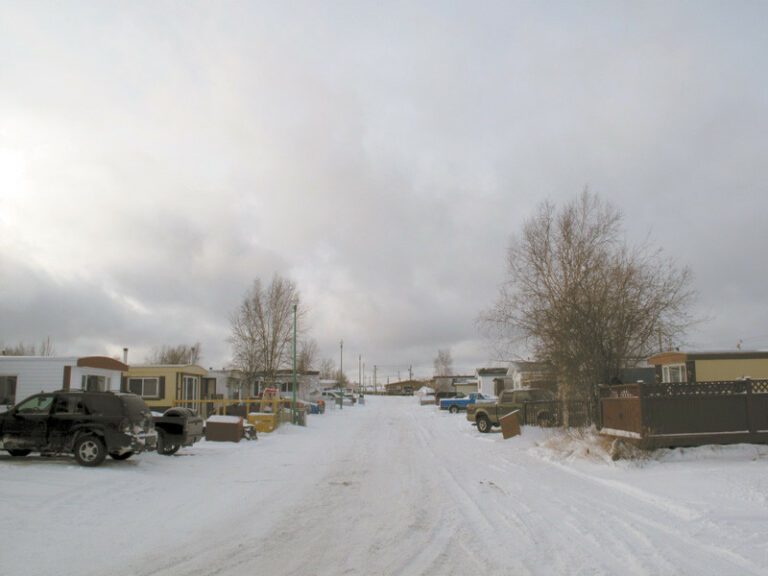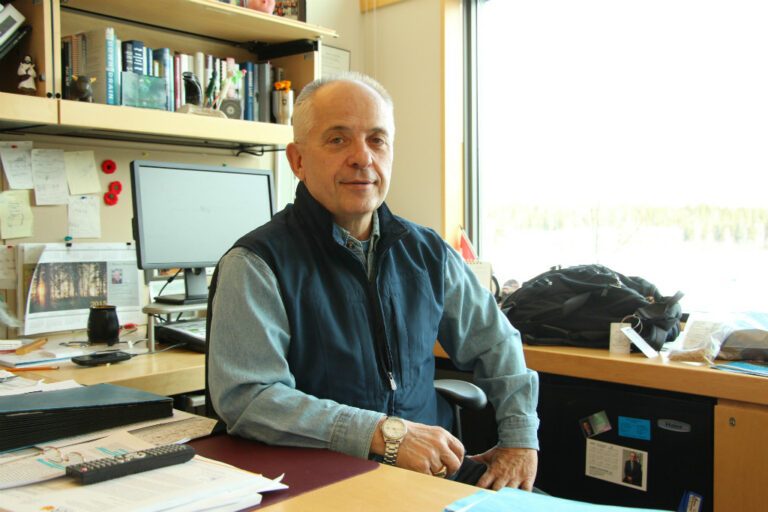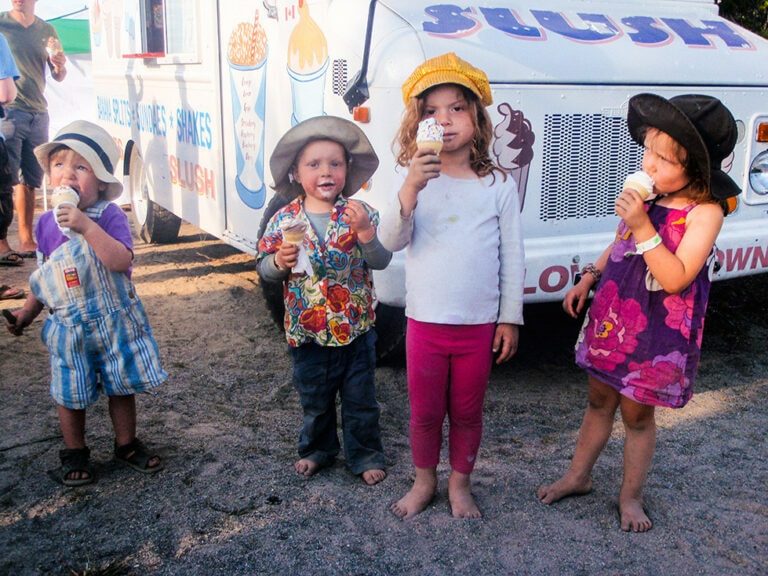Fireweed to start. Matsutake mushrooms for the main, washed down with spruce tips beer. And hold the morels.
The first sightings along Highway 3 in recent days mean morel mushroom mania is ramping up for another summer, Posh restaurants like these uncommon, sought-after mushrooms, which pop up -post forest fire, and little roadside economies sprout wherever the mushrooms do: sellers combing the burned forest remnants, buyers paying $7 or $8 a pound.
But with vast burn areas in British Columbia to contend with this year, the market in the Northwest Territories looks susceptible to another average summer at best. Harvesters had a great year in 2014, when the NWT was brimming with mushrooms and demand was high. The summer of 2015, though, didn’t match the hype.
So, maybe we should move past the morels.
Longtime Yellowknifer Mike Kalnay — a self-professed “well-known foodie” who spends his spare time hanging out at the two-Michelin Star Noma restaurant in Denmark, as one does — thinks we sometimes act like these mushrooms are the only tasty wild food growing in the Northwest Territories.
Kalnay believes there are dozens of premium treats just waiting to be harvested and packed off to the world’s fanciest restaurants, if only we can sort out the business model.
“Do you know how many other kinds of mushroom we have?” Kalnay asks. “Shiitake, matsutake, chanterelle, all the top-end Japanese and European mushrooms grow wild around here. And who harvests them? Nobody.
“A few people can show you where this stuff is and some people bravely go out to pick for themselves. The rest of the mushrooms just turn back into fertilizer in a forest.”
Kalnay is particularly jazzed about the NWT’s gastronomic potential because he has just returned from his latest Danish adventure. While there, he saw Scandinavian nations turning foraged food into expensive delicacies. In a territory desperate for any worthwhile economic contribution, maybe that can work here.
He can’t speak highly enough of Noma, a restaurant more than once named the best in the world (yes, even though it only has two Michelin stars out of three). Noma, says Kalnay, sends staff out to forage daily and spins profit out of wild food. Why can’t we?
“Can we make into a business? We’re going to find out,” he says.
“We used to sell a lot of furs out of the NWT, but we didn’t get much money until we asked what a top-end hide looked like, then we trained our trappers and hunters to turn out higher-quality furs.
“Now the furs from here command the highest prices. It’s the same thing: I sourced inconnu — nobody thinks they can sell inconnu around here but they wanted it in Toronto. We need to research what the destination restaurants in Canada could use and whether we could sell that to them.”
Morel harvesters are already scrambling in the undergrowth somewhere between Fort Providence and Behchoko, to judge from the NWT Morels Facebook page. But Kalnay is convinced far too few locals make use of the territory’s broader culinary bounty.
Off the top of his head he lists Sapsucker birch syrup from Dettah, a couple of jam-and-jelly stalls at the Yellowknife Farmers Market, and herbal tea specialists Laughing Lichen. A man in Norman Wells grows potatoes. To that, you could add a handful of other artisans like the production team behind fledgling TV show Wild Kitchen.
Kalnay thinks far more people should be looking at northern food production. Yellowknife Centre MLA Julie Green, meanwhile, has already demanded in the legislature this week that the government get on with producing its agricultural strategy.
“The agricultural strategy has been worked on for some time. I expect it’ll be ready sometime this year. It’s just going through the rounds of the different departments,” Premier Bob McLeod told her.
Who knows what the detail of that strategy is, but Kalnay doesn’t want to wait. Right now, he’s trying to replicate a $120 dessert from Noma featuring ground-up morels dipped in chocolate and reindeer moss. Would anyone in Yellowknife, even tourists, pay a hundred bucks plus for dessert? “Some people might!”
“I think there’s an opportunity to improve the tourist product without too much effort and to possibly do some import substituting,” adds Kalnay. “There’s nothing better than homemade rhubarb chutney. We don’t need to buy mango chutney from India. Rhubarb is a weed for many people.
“There’s a good local market for local stuff and we might be able to export, too.
“I’m having fun. Lots of other people can. And it might be of value to our economy.”
SEE ALSO:







